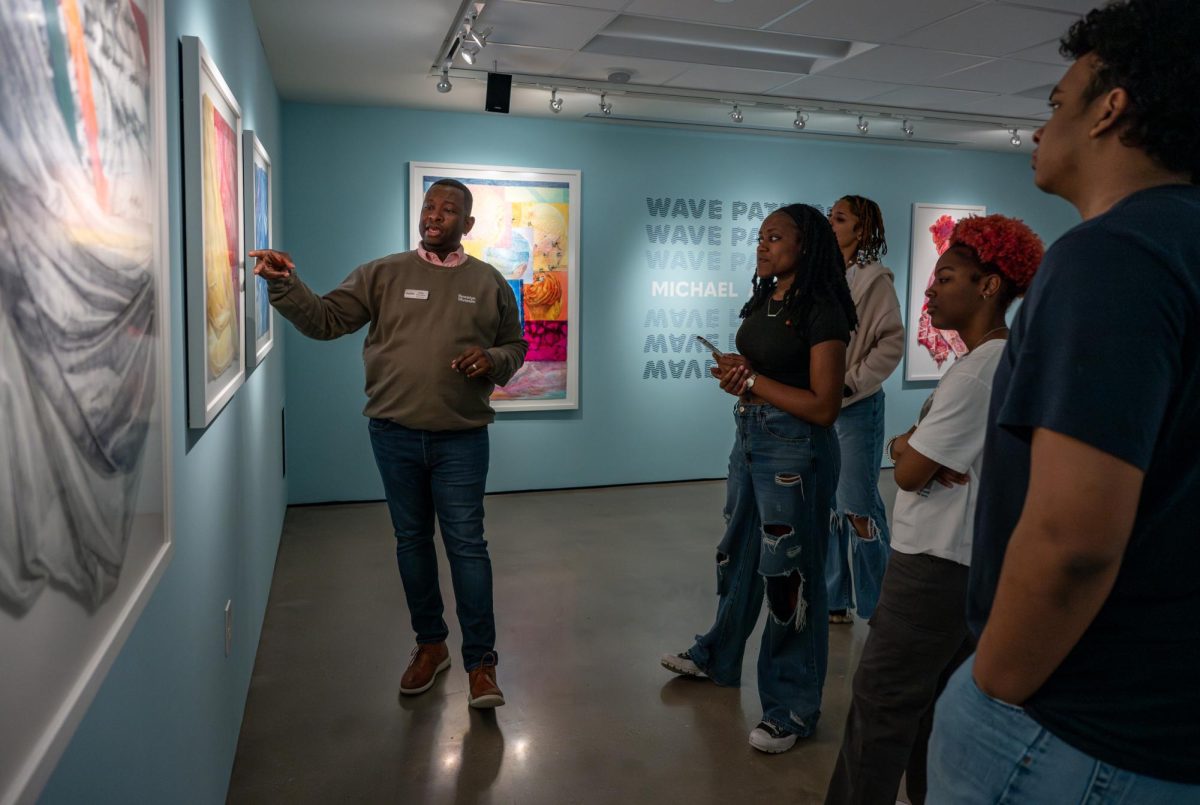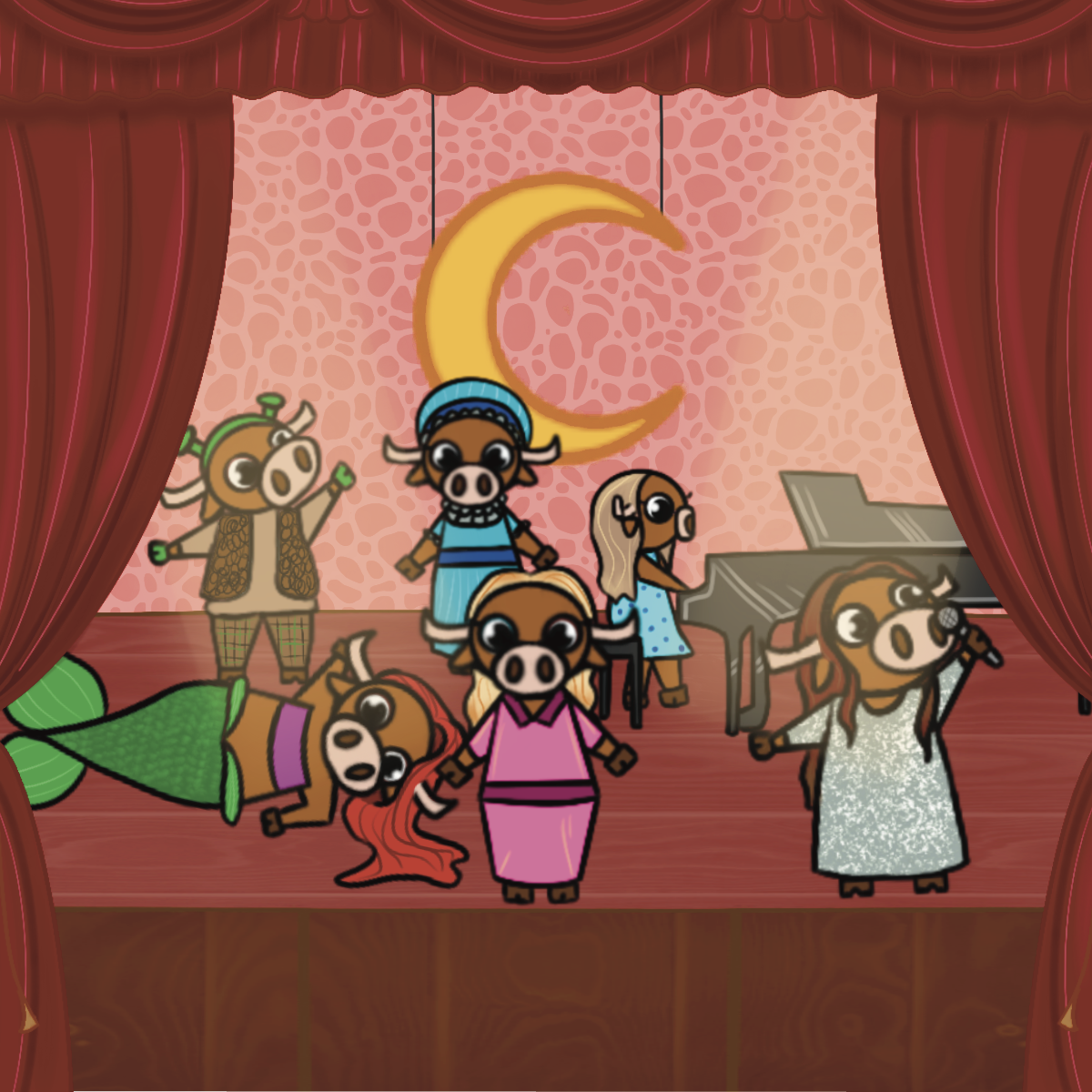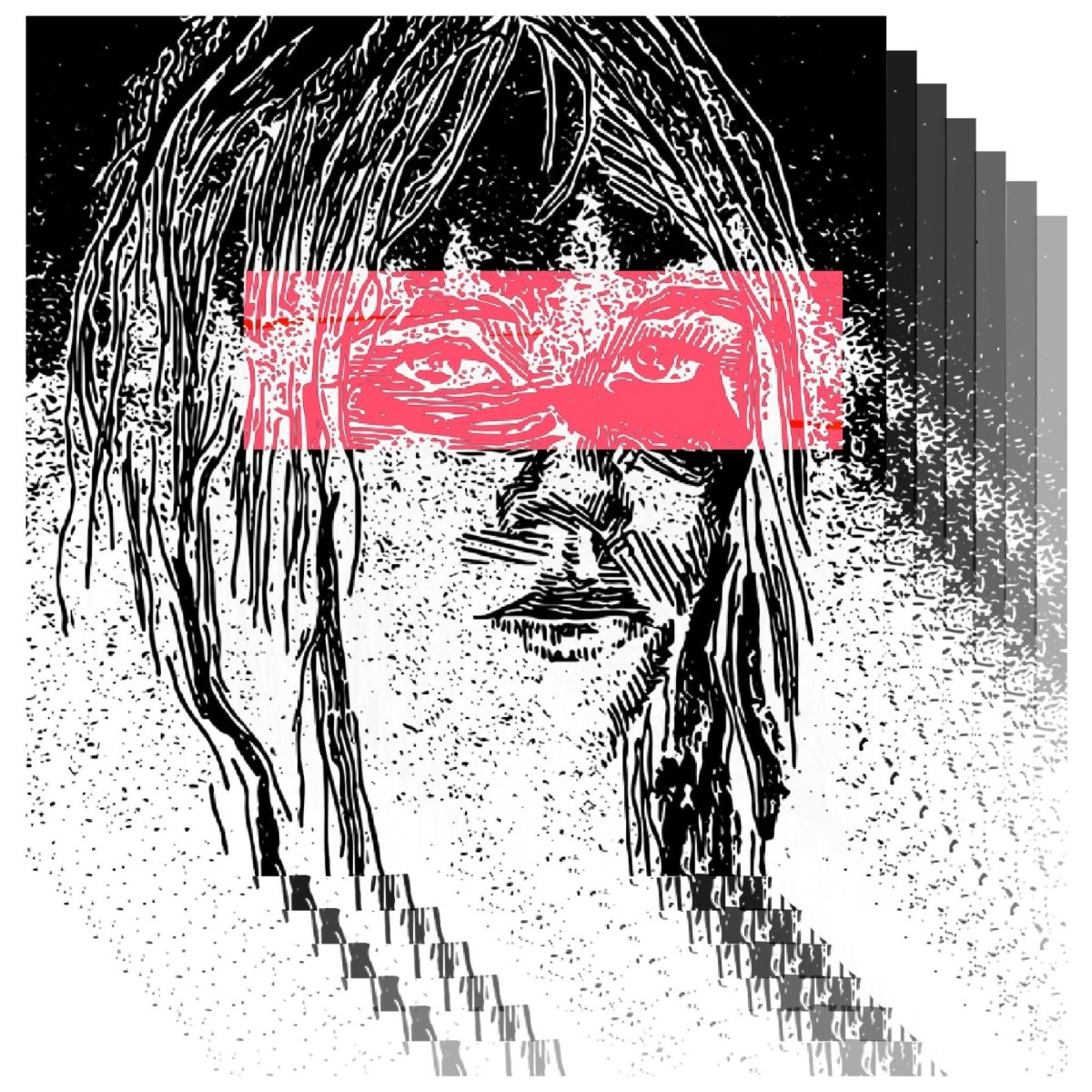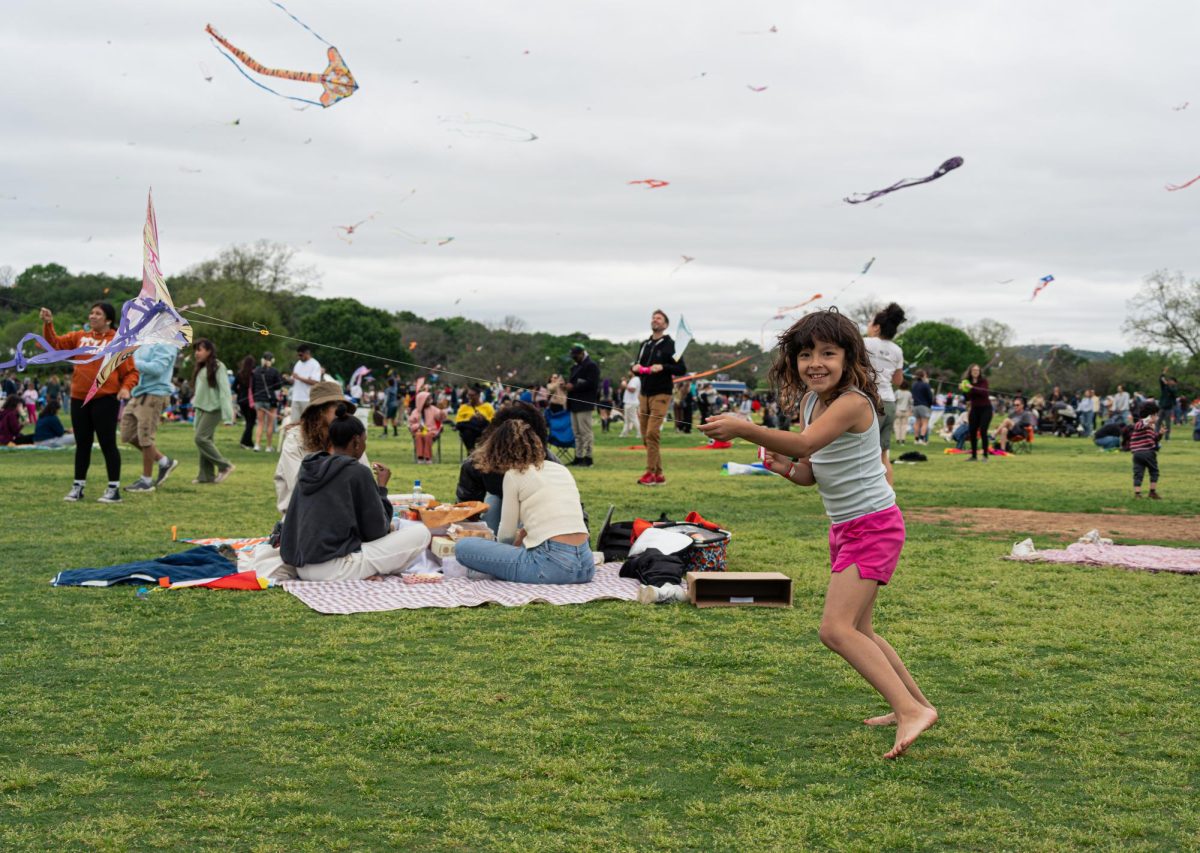Visual artist Michael Booker launched his exhibit “Wave Patterns” on Jan. 19 at the Idea Lab in the Art Galleries at Black Studies. The display explores the relationship between the flags of the International Code of Signals, ocean waves and Black hairstyles. The Daily Texan sat down with Booker to discuss the inspiration and themes behind his artwork.
The Daily Texan: What inspired your exhibit, “Wave Patterns”?
Michael Booker: A lot of it was this idea of focusing on having empathy for others. … A lot of this is based on my own feelings and my own battles and trying to figure out ways to relate with other people. I wanted to use these drawings to talk about this idea because I feel like it can be something that can be hard to talk about.
DT: How would you describe your workshopping and creative process behind each drawing?
MB: Some of the drawings are people that I know. For one particular piece, there’s a local artist here in Maryland I had a conversation with about some of the same ideas … The piece (“The Calm Before .AE”) wouldn’t have happened unless I was able to talk to her, … and we were able to connect about feelings we (were) struggling through. I wanted to commemorate this idea through that piece. A lot of pieces start from these conversations. Then I will try to find these (INTERCO) flags. There’s a whole manual involved with the flags, so (I’d) go look through the manual and see what flags would coordinate with the ideas of the feelings that I’m trying to describe and put those things together to come up with the piece. It stems from my emotions, feelings and struggles in combination with what I’m finding other people are dealing with.
DT: What are the big themes you pursue in the exhibit?
MB: I’ve mentioned empathy a lot and that’s the key thing about this exhibit that I really want to come across. There’s also this connection (with) these flags, water, the waves in the water and waves in hair. I talk about waves in hair related to an identifier in Black culture. … I like to think about what defines that. When you as a person have to be both a part of Black culture and building the mountains up, but also have to be outside of it and do things for yourself, sometimes those things compete with each other. Sometimes you have opinions or ideas that fit within that culture and sometimes you don’t. Having to live in this duality when you have to represent both the monolith that is the Black culture and also be outside of it — how do you deal with that and the problems that can lead with that too? That’s another underlying idea that I have in the show.
DT: Is there anything you would like to tell someone touring your exhibit?
MB: Go in openly and just know there are certain things in the show you will not understand offhand. … I would encourage you to think about this in relationship to the people in our lives — they may be exhibiting signs that you don’t understand what may be going on, … (so) have a little bit of empathy for people.
DT: How do you feel about your work being showcased at the AGBS?
MB: Oh, it’s great. This is my first time showing outside the DMV area (and) my first time showing down south. I’m originally from Mississippi, so it’s exciting to be able to bring my work back down.














